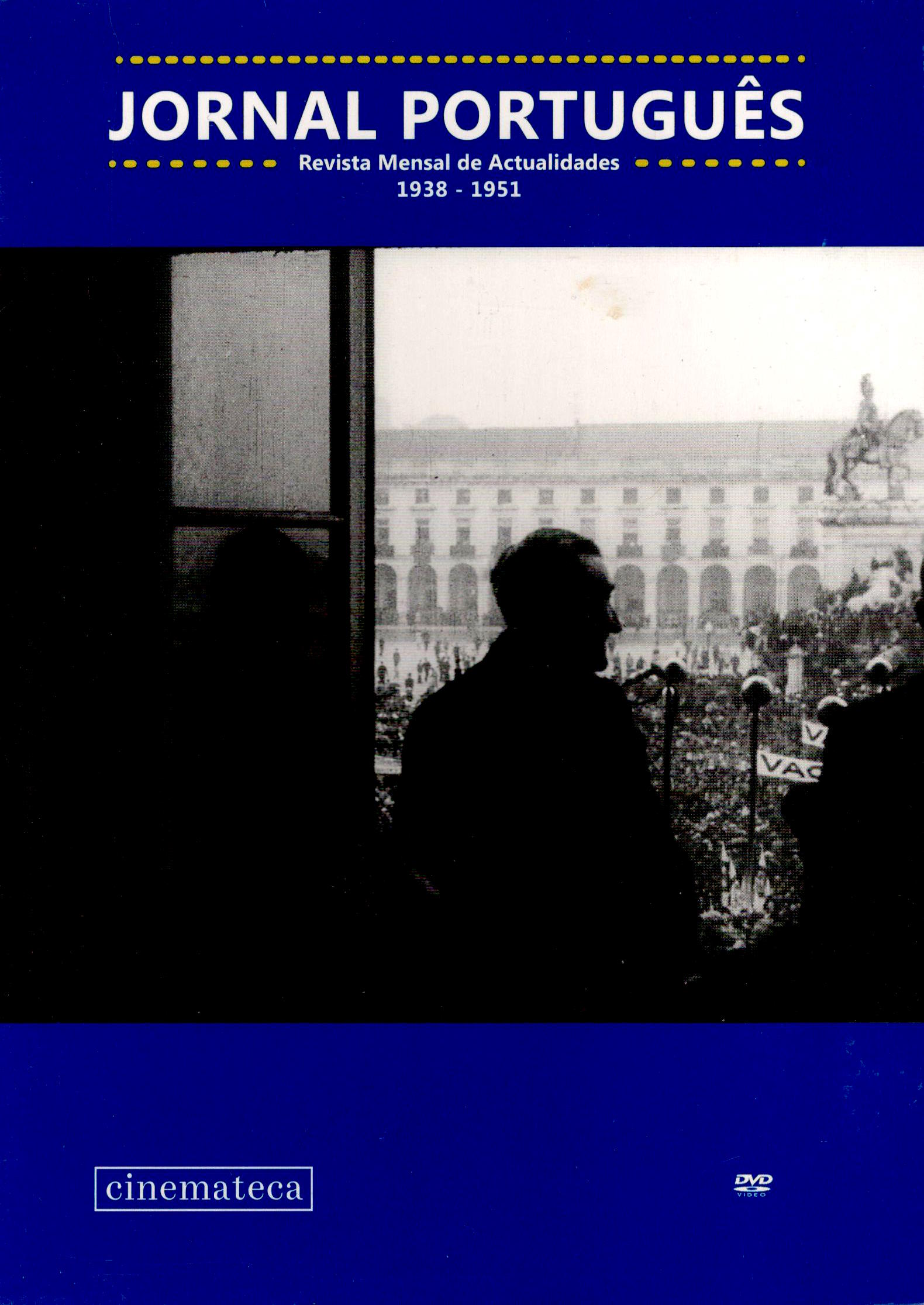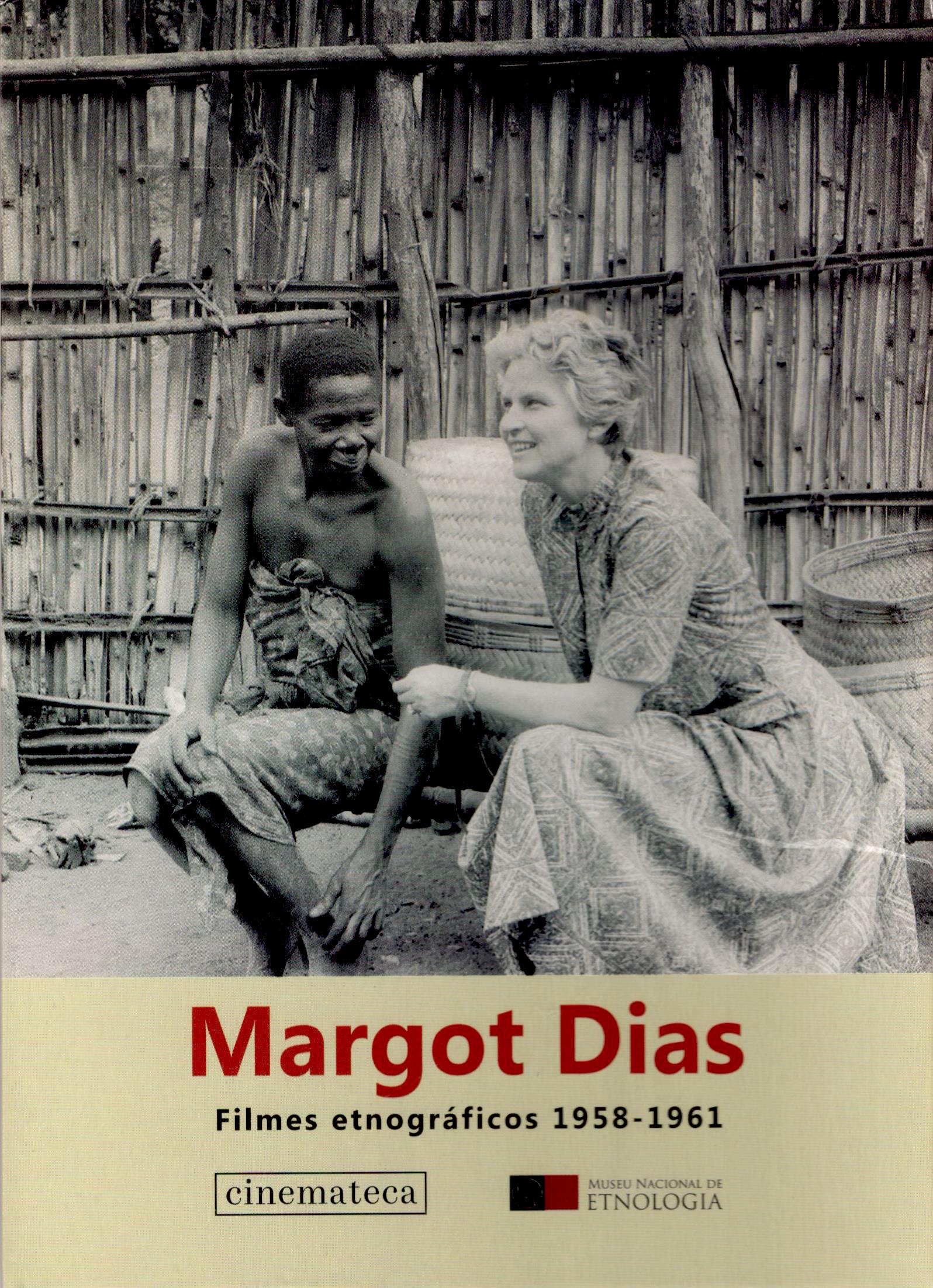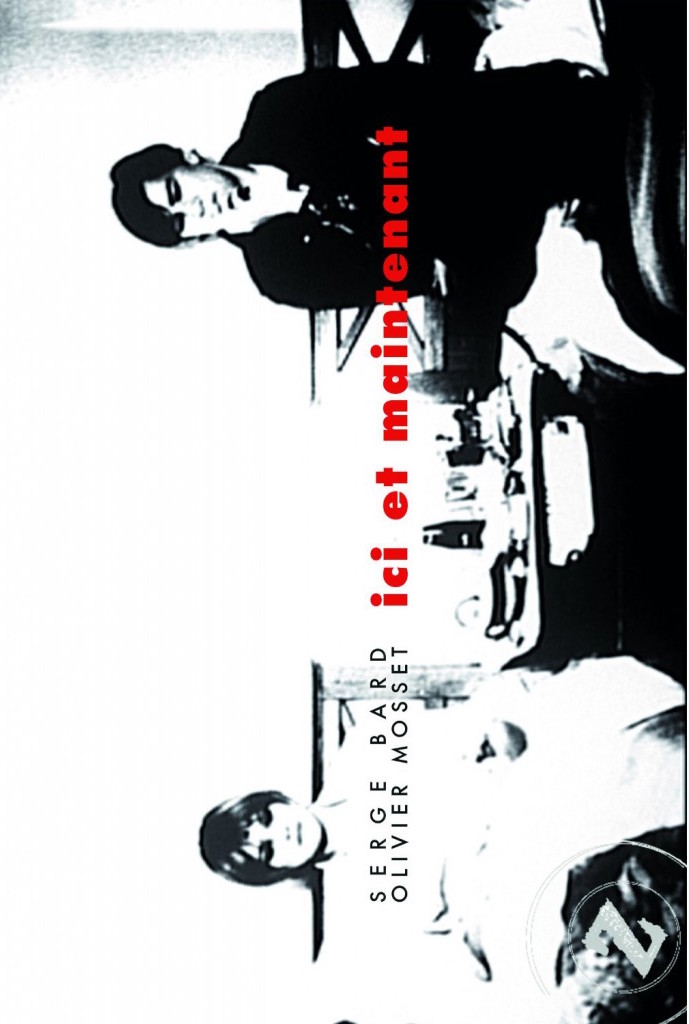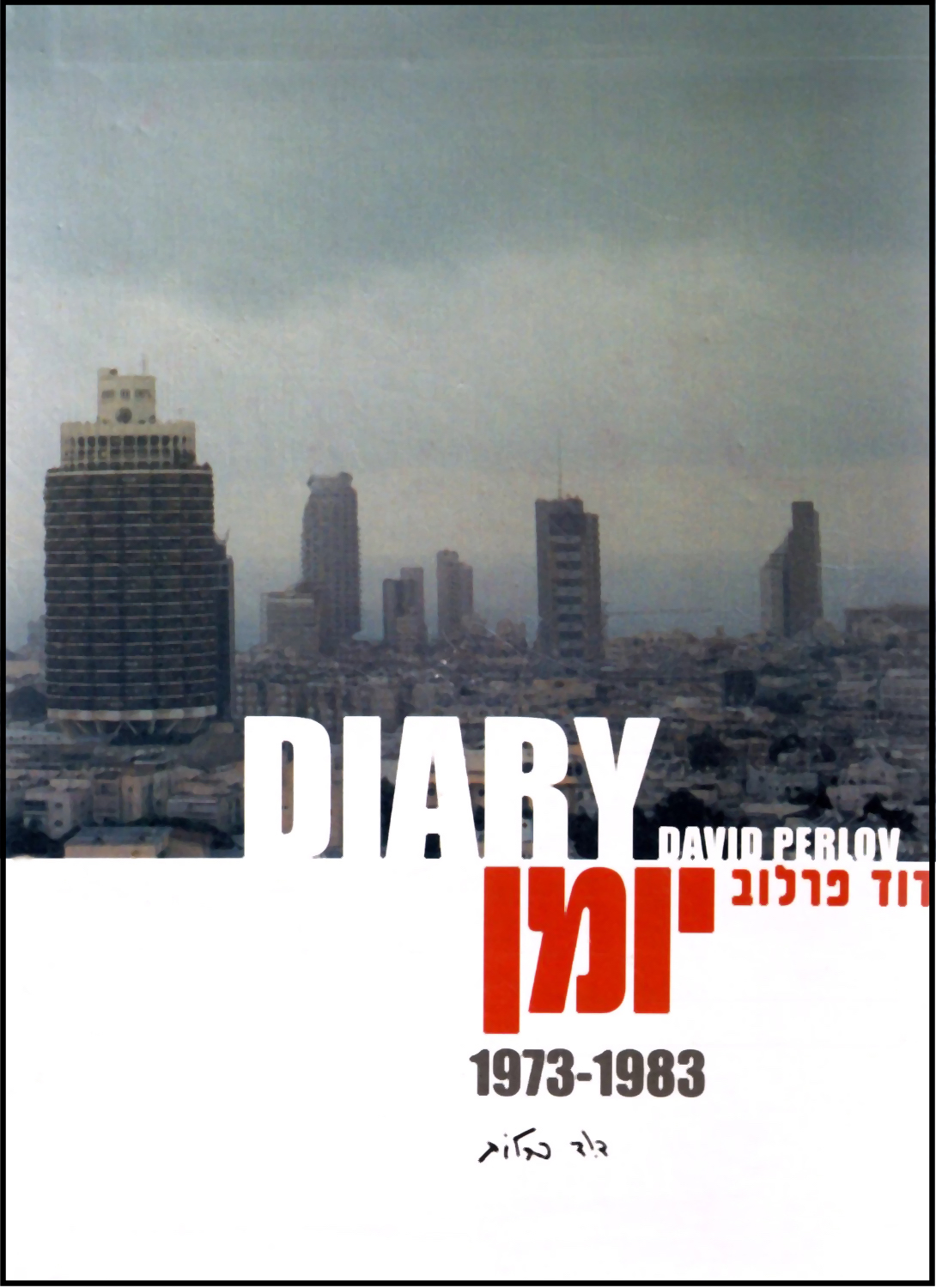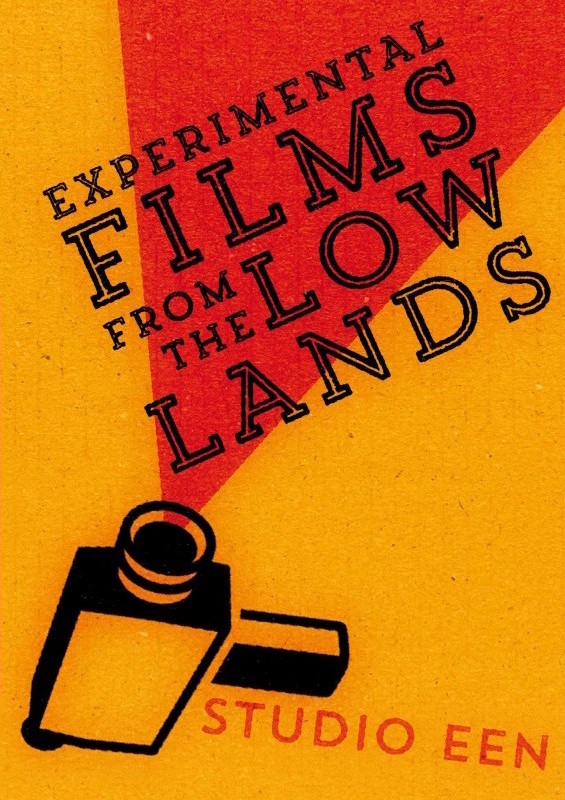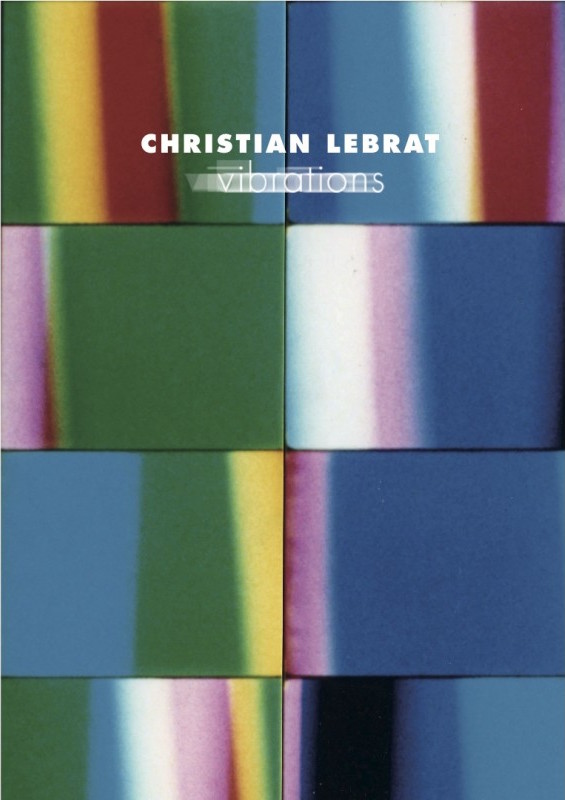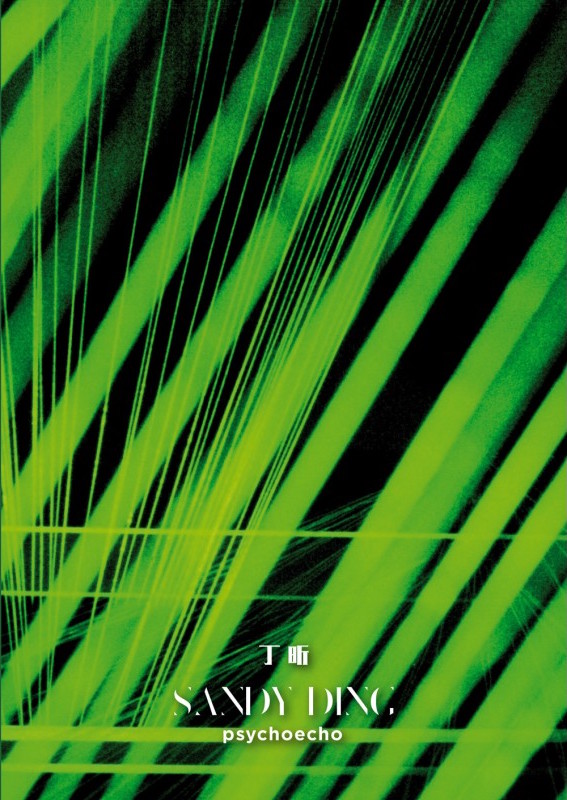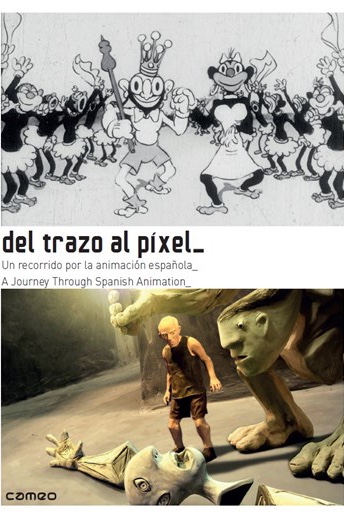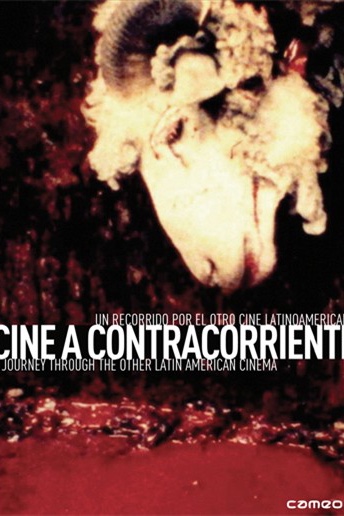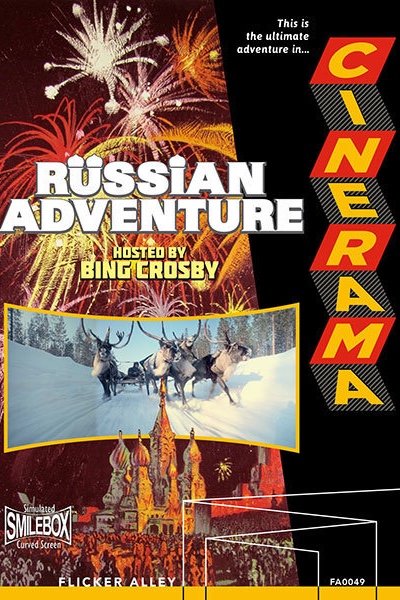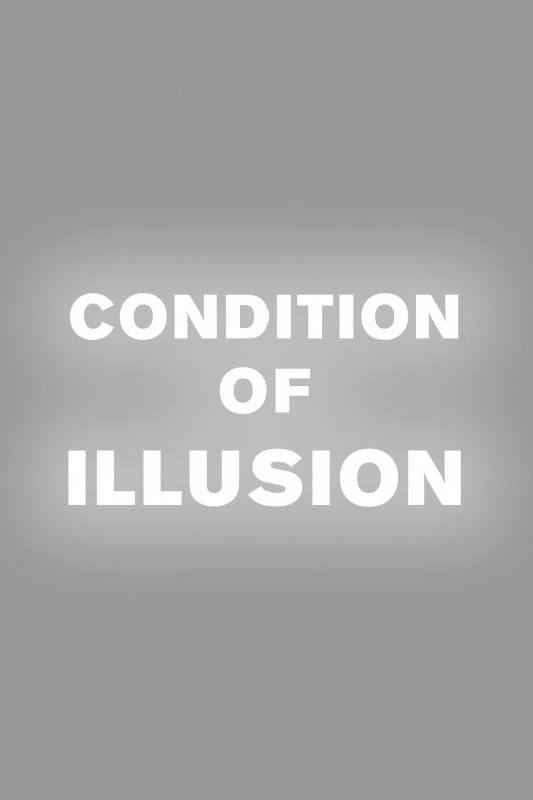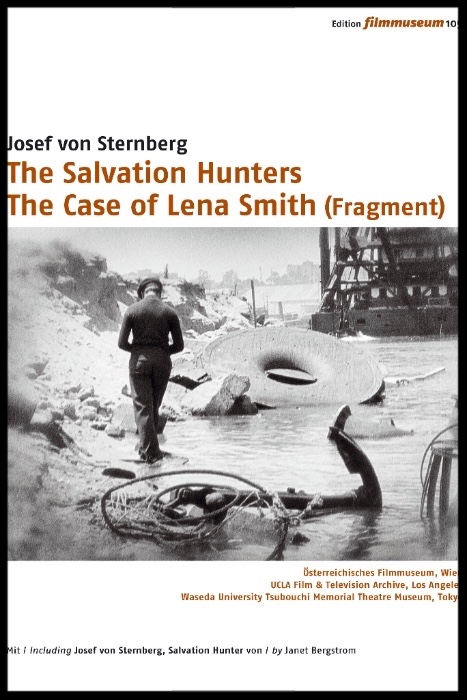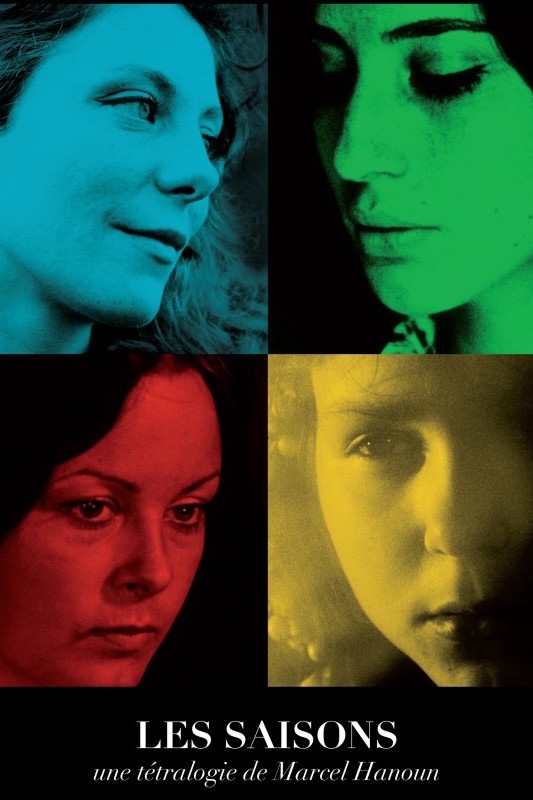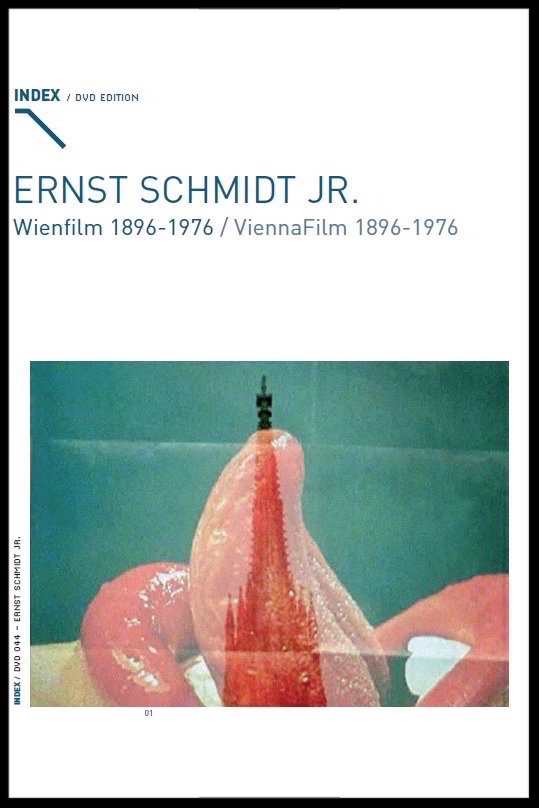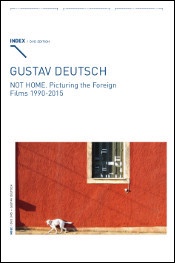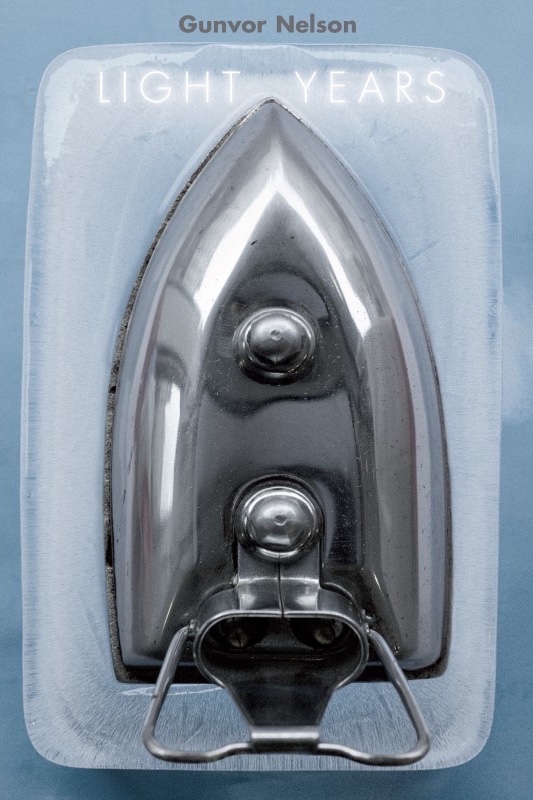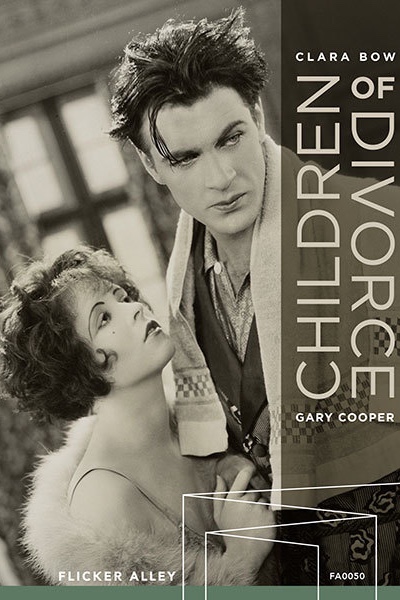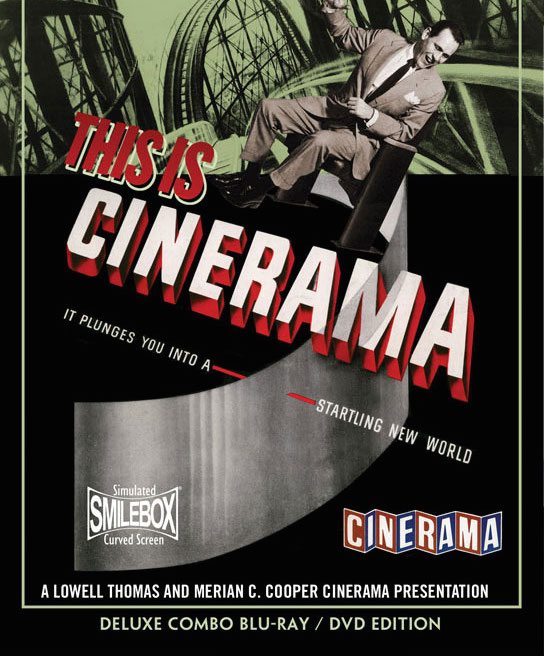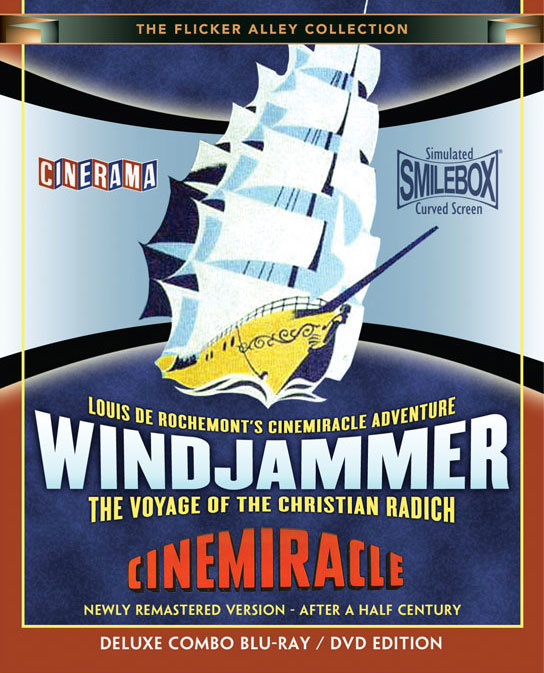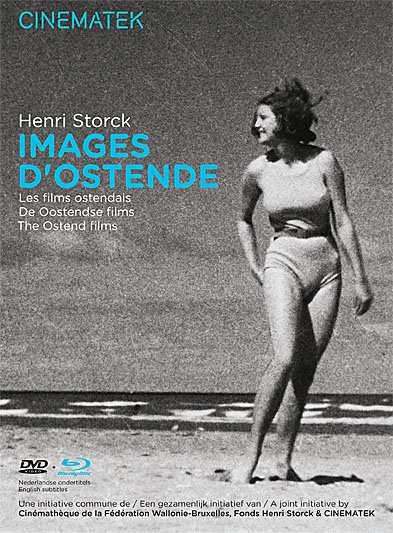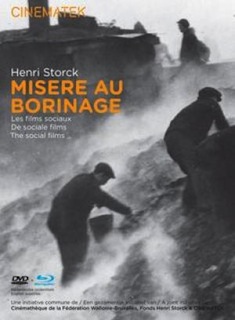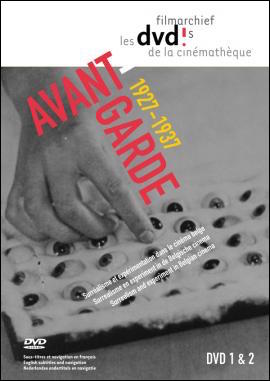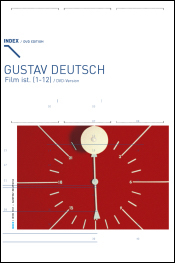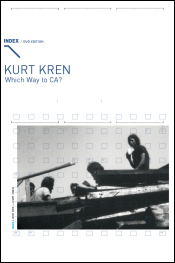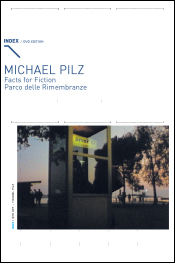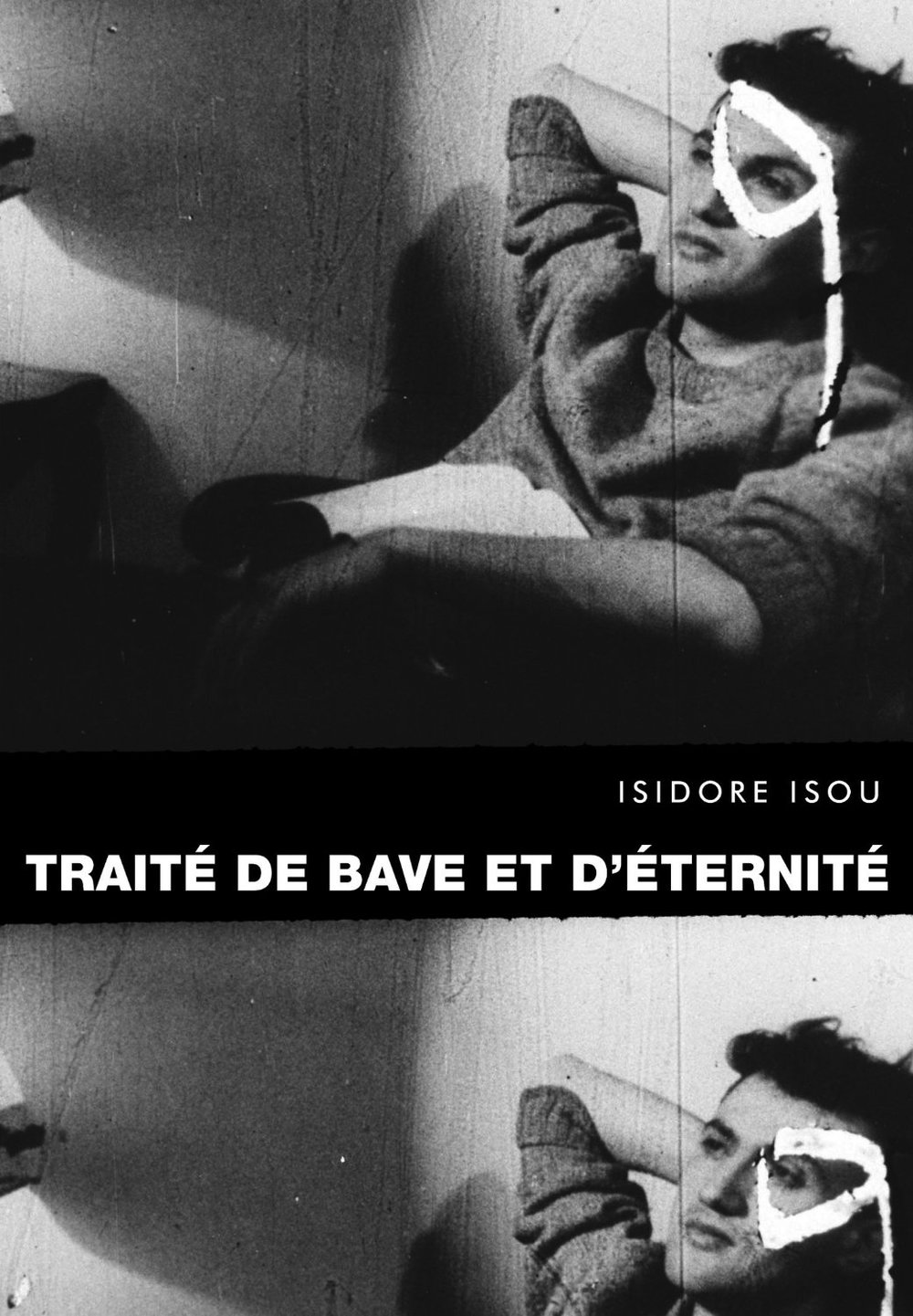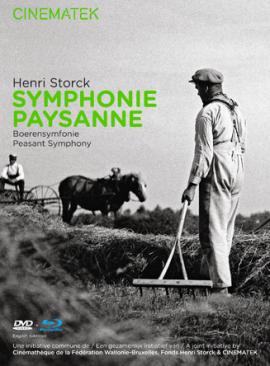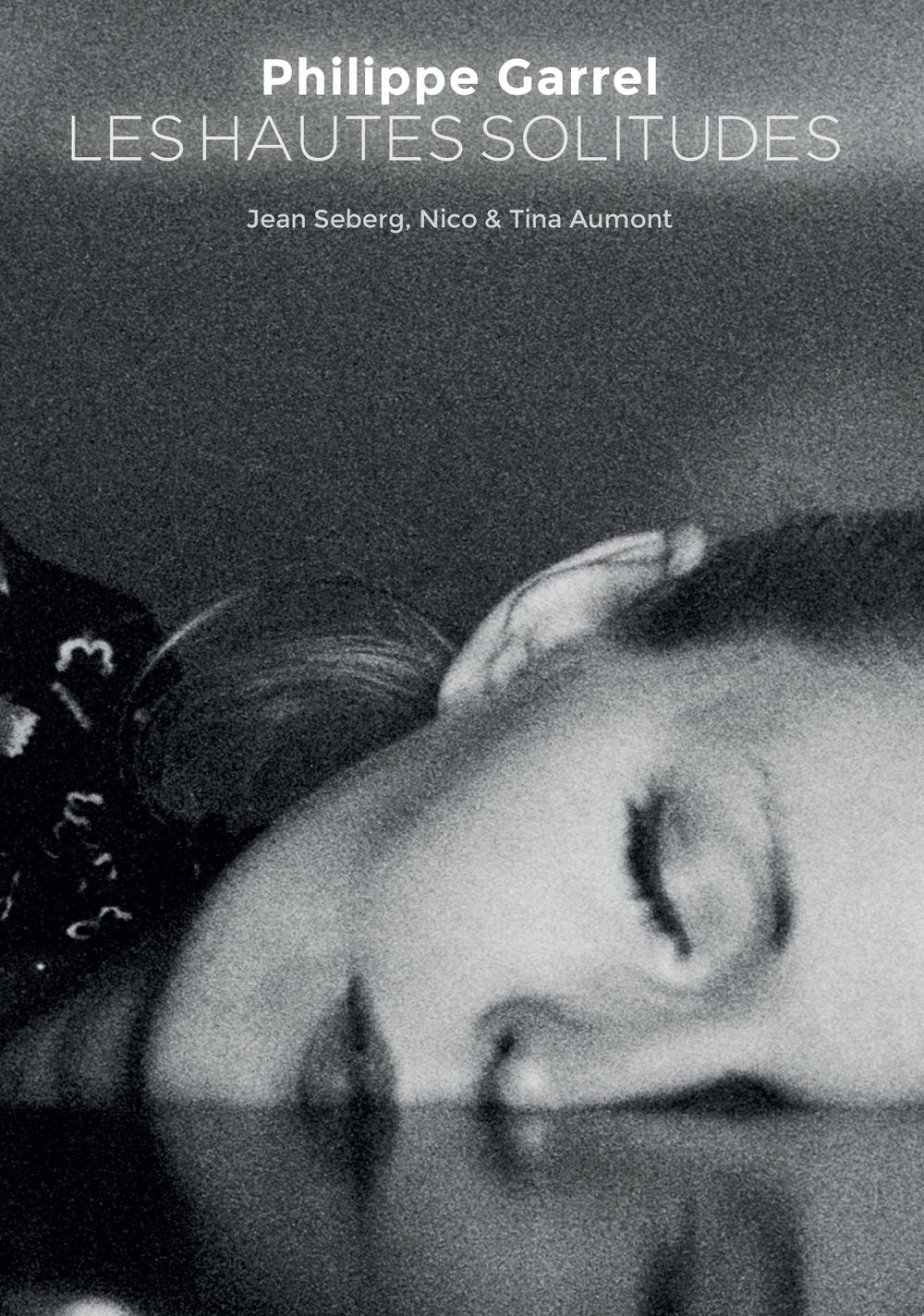With the fall academic season nearing a close, Gartenberg Media Enterprises is pleased to have presented a new slate of DVD and Blu-ray publications for distribution to the North American academic community. These digital editions, selected from film archives and boutique publishers worldwide, represent the entire breadth and depth of moving image history, ranging from Josef von Sternberg’s THE SALVATION HUNTERS (1924), one of the earliest independent American productions, through to Austrian avant-garde filmmaker Gustav Deutsch’s digital “pocket films” NOTES AND SKETCHES 1 (2005-2015).
◊
GME now offers three new DVD publications (from the Spanish boutique publisher, Cameo Media) that focus on historical overviews of Spanish animation, Latin American experimental cinema, and video art from Spain. Each publication is produced with booklets that further contextualize these cinema movements, and/or provide analysis and descriptions of the individual works.
FROM DOODLES TO PIXELS: A JOURNEY THROUGH SPANISH ANIMATION is an extraordinary compilation of the best of Spanish animated film. This DVD edition presents a century of talented Spanish animators, who are represented through approximately fifty short films, together with a selection of animated commercials and the first Spanish animated feature film for adults, HISTORIAS DE AMOR Y MASACRE, carefully restored for this edition. These DVDs not only reflect the diversity of techniques that make animation an art that knows no boundaries, but also offer a journey through the aesthetic evolution of a country that has lived through times of scarcity and isolation before becoming one of the richest creative talent pools in the international arena. A JOURNEY THROUGH THE OTHER LATIN AMERICAN CINEMA contains a selection of films from a traveling exhibition program, “Cinema Against the Grain.” This DVD edition presents a premiere selection of 19 avant-garde, documentary, animation, and experimental films from all throughout Latin America (including Cuba) that date from 1933 to 2008. Within the complex universe of Latin American cinema, these are fundamental works of art that are hardly known to the general public.
VIDEO ITINERARIES THROUGH THE SPANISH CONTEXT presents a retrospective view of Spanish video art through 40 years of audiovisual creation (1974-2014). 85 works are included, organized around the themes of Conceptual Art, archival appropriation, political works, the body, and the video medium as an oppositional tool. Each theme is curated by a noted scholar of Spanish video art. This publication is a companion DVD edition to GME’s previous release of FROM ECSTASY TO RAPTURE (DEL ÉXTASIS AL ARREBATO): A Journey Through Spanish Experimental Cinema.
◊
The Swedish-American artist Gunvor Nelson figures among the most important experimental filmmakers of her generation. She was born in Sweden, but left her native country in the mid-1950s to study painting and art history in the United States. Later, she and her husband, filmmaker Bob Nelson, settled in the San Francisco Bay Area and raised their daughter, Oona. Gunvor Nelson’s first film work was with her husband, then with her neighbor Dorothy Wiley, and finally on her own. Her work considerably influenced the New American Cinema at the end of the 1960s, as much by its themes (women, the body, memory, dreams) as by its formal investigations (animation, collage, found footage). She made what she termed “personal” films. The films and the essay contained in this new DVD publication LIGHT YEARS (from Re:Voir) reflect a half-century of evolution in this female artist's use of media and technique. From her first experimental films made in California (FOG PUMAS, 1967) to her more recent Swedish films and video (FRAME LINE, 1983-2014), material fictions joyously exalt in a fireworks of sensations. This DVD is accompanied by a 124 page book of interviews and critical articles. This DVD publication complements GME’s previous release of Gunvor Nelson’s DEPARTURES, which contains a selection of additional moving image works by this noteworthy woman filmmaker.
◊
GME also presents two silent films directed by Josef von Sternberg: his first feature film, THE SALVATION HUNTERS (1925), as well as his uncredited directorial involvement in the feature film drama, CHILDREN OF DIVORCE (1927).
GME is particularly honored to present the recent DVD publication (by the Vienna Filmmuseum) of Josef Von Sternberg’s THE SALVATION HUNTERS (1925). Sternberg’s feature debut was among the earliest truly independent American productions, economically produced outside the studio system and using San Pedro locations to remarkable effect. Sternberg spun the necessity of a low budget into a virtue: the film faithfully captures the grit of the “lower depths” milieu in its story of an impoverished young woman striving to make a better life with her naïve boyfriend, despite being surrounded by men who would exploit her. The film reveals Sternberg, under the influence of Stroheim, rejected the sentimental melodrama of D.W. Griffith in favor of an almost raw naturalism, fascinated with corruption and abasement while also exploring the poetically charged and evocatively contrasting mise-en-scene. Charlie Chaplin’s support for the film got it distributed through United Artists. This publication is accompanied by a fragment from Sternberg’s lost film, THE CASE OF LENA SMITH (1929), and by a video essay on THE SALVATION HUNTERS by the noted film scholar, Janet Bergstrom.
CHILDREN OF DIVORCE, was actually directed by Frank Lloyd for Famous Players-Lasky Corporation/Paramount Pictures, with a million-dollar budget. Starring Clara Bow, Gary Cooper, and Esther Ralston, the story of the film begins with an American “divorce colony” in Paris after the First World War, where parents would leave their children for months at a time. The three protagonists meet there as children; once grown, in America, they reconnect, tragically carrying with them their traumatized past wherein their views of marriage have been shaped as children of divorce. Paramount producer B.P. Schulberg decided that the film needed some European sophistication, so he turned to Josef von Sternberg. The actors, having gone on to new films, were available only at night, so shooting took place after hours. As all the sets had already been struck, von Sternberg and cinematographer Victor Milner filmed everything in a tent, timing shots between rainstorms. This gave von Sternberg complete command of lighting, wherein shadows and textures impose a poignant atmosphere. This Blu-ray/DVD Combo edition (by Flicker Alley) represents the first time this film has been made available in any video format.
◊
Complementing GME’s previous release of SHOOT, SHOOT, SHOOT (a DVD compilation of works by key British avant-garde filmmakers of the 1960s and 1970s), GME now offers more in-depth studies of the works of two of these artists, Chris Welsby and Peter Gidal. Offered in a specially prepared region free edition by the British Film Institute for the exclusive distribution by GME to the North American institutional market, CHRIS WELSBY: BRITISH ARTISTS’ FILMS was originally produced in partnership with Illuminations (an arts documentary producer) and Arts Council England. Chris Welsby is a landscape artist and pioneer of the moving-image installation in Britain. Featured on the DVD are works from different stages in his career, uniquely tracing his development as an artist, from his early critical responses to British structural filmmaking and Minimalism of the 1970s to his mature, contemplative landscape works of the 1980s and 1990s. Welsby’s subtle cinematic meditations have been exhibited in museums and galleries around the world.
CONDITION OF ILLUSION brings together 11 films by Peter Gidal made between 1967 to 2013. It is accompanied by a unique 40 page booklet of texts about the filmmaker’s work. An admirer of American structuralist filmmakers such as Michael Snow (RAMEAU’S NEPHEW) and Hollis Frampton, Gidal's own works are also interrogations into the formalist aspect of film, with an emphasis on grain, duration, tempo and editing structures. Gidal's films invite audiences to consider various aspects of the mediation between the real and the reel. This is accompanied by an almost willful insistence on the filmmaker as the ultimate arbiter of the construction of any work.
◊
GME also now makes available a DVD boxed set (published by Re:Voir) of Marcel Hanoun’s THE SEASONS (LES SAISONS). This film is a quadriptych, which includes L’ETE (1968), L’HIVER (1969), LE PRINTEMPS (1970), and L’AUTOMNE (1971). The DVD boxed set also includes a 100-page booklet about each of the films, and also contains an interview with the filmmaker. This publication thematically complements another film about the four seasons, Henri Storck’s SYMPHONIE PAYSANNE (1942-1944), that is also available from GME. Hanoun theorized a cinema in which the word and image were separated and given equal value. In this, Hanoun was working along the same lines of thought as the radical experimental filmmaker Isidore Isou, whose TRAITÉ DE BAVE ET D'ETERNITÉ proceeded along a similar path, but with a much more violent approach. Hanoun employs a more quiet, contemplative style, using a static camera and images that force the viewer to concentrate on the most quotidian aspects of existence, to accentuate the dichotomy between sound and image which is implicit in all of cinema.
◊
GME now also highlights the release of new publications from INDEX DVD, Gustav Deutsch’s NOT HOME. PICTURING THE FOREIGN FILMS 1990-2015, as well as Ernst Schmidt, Jr.’s VIENNAFILM 1896-1976 (WIENFILM 1896-1976).
VIENNAFILM 1896-1976 constitutes the first feature length film completed by Ernst Schmidt, Jr., an important Austrian moving image artist. This work is a kind of anthology about Vienna, from the invention of film to the present day, comprising newly-staged scenes as well as incorporating documentary footage. The filmmaker himself describes the work as a collage, evoking the use of diverse footage, tape splices, and an uneven surface – instead of a tidy unity, it conveys a patchwork that remains visible as such.
NOT HOME: PICTURING THE FOREIGN FILMS 1990-2015 charts the development of Austrian artist Gustav Deutsch’s signature style, displaying his talents both as a cinematographer and archivist. This collection of 3 of his lesser-known films, now available for the first time on DVD, complements an appreciation of his most famous found footage moving image work, FILM IST. (1-12). In ADRIA, Deutsch assembled the 8mm home movies of families visiting the Adriatic resorts during the period 1954-1968, and discovers remarkable visually stylistic regularities. EYEWITNESSES TO FOREIGN COUNTRIES was made with Moroccan director Mostafa Tabbou, comprising 600 shots that last 3 seconds each, organized into motifs in duration from 30 to 60 seconds. Deutsch filmed in Figuig, Morocoo, and Tabbou in Vienna. Deutsch’s most recent major work, NOTES AND SKETCHES 1 (2005-2015) consists of a series of ‘pocket films’ made across Europe and North America with a Canon camera and a mobile phone. Comprised of shots of varying length, the entire work lasts one hour in total. Deutsch uses digital technology to revisit the methods of the 19th century cinematic pioneers, especially the Lumière brothers. One particularly revealing location scene in Los Angeles includes shots of filmmakers and scholars Ernie Gehr, Tom Gunning and Ken Jacobs – all of whom have paid ample homage to early cinema in their written and filmed oeuvres.
◊
In GME’s effort to expand our offerings in the vein of genre cinema, we have now released a DVD edition (published by the Belgian Cinematek) of 3 movies by the (husband and wife) director/screenwriter team Jan Vanderheyden and Edith Keil. A key figure who emerged in the early sound era to dominate a nascent Flemish cinema, Jean Vanderheyden realized the commercial and cultural potential of domestic production geared to regional and ethnolinguistic tastes. Their first film, DE WITTE (WHITEY. 1934), was based on the popular picaresque novel by Ernest Claes, whose story concerned a rebellious young man whose heroic fantasies clash with his mundane existence. After securing financial support from banks, Vanderheyden shot the film mostly in Berlin (since no studios yet existed in Flanders), while adding a limited amount of Flemish location work. The dialogue eschewed Flemish dialect in favor of standard Dutch. This charming film would remain the biggest success in Flemish cinema for decades, and enabled the filmmaking team to make nine films in the following five years, using studios in Amsterdam. Their second movie, the romantic operetta ALLEEN VOOR U (ONLY FOR YOU, 1935) is made with the same technical skill. However, it was considered too exotic by film critics. Vanderheyden and Keil opened a studio in Antwerp in 1939, and shifted their focus to concentrate on a series of inexpensively produced, popular films, full of banter, marital disputes and music. SCHIPPERSKWARTIER (THE SAILORS QUARTER, 1953) is their most important post-war success.
Around the time of production of THE SAILORS QUARTER (1953), widescreen processes were taking hold in the United States (see THIS IS CINERAMA, 1952). Kinopanorama, developed in the mid-1950s, was the Russian equivalent of the three-panel Cinerama process. Photographed over an eight-year period by Russia’s top filmmakers, CINERAMA’S RUSSIAN ADVENTURE (1966) brings together some of the most beautiful sequences edited together from over six Soviet Kinopanorama productions. The film’s locations stretch from one end of Russia to the other. Bing Crosby narrates the journey, offering both a grand and intimate view of a country and culture so often cited and yet so seldom seen at the time of the film’s release. This grand travelogue of Russia includes scenes of Moscow, the Black Sea, the Volga River, a reindeer-sled race, log rafting on the Tisza River, new Siberian settlements, antelope roundups and whale hunts. Included are scenes from famed cultural attractions: the Bolshoi Theater Ballet, Moscow State Circus, Moiseyev Ensemble, Platnirsky State Chorus, and Dance Ensemble, and the Bolshoi Theater Orchestra. This Blu-ray/DVD combo edition (from Flicker Alley) features ample bonus material, including an original theatrical trailer for the film, additional shorts filmed in the Cinerama process, interviews and information about the restoration of this film, slide shows, and a facsimile representation of the original program booklet.
Watch for our upcoming spring release slate
to be announced in January 2017!




